In the north of the city, on a peninsula, lies the old town of Bari. A stroll through the alleys is a must when visiting the city.
Our holiday flat was in the old town and so we walked through the narrow and winding streets several times a day to get there. I don’t think we even walked the same way during that time. No sooner had we remembered a point where we had to turn, than it “disappeared” and our path led us through seemingly unknown alleys.
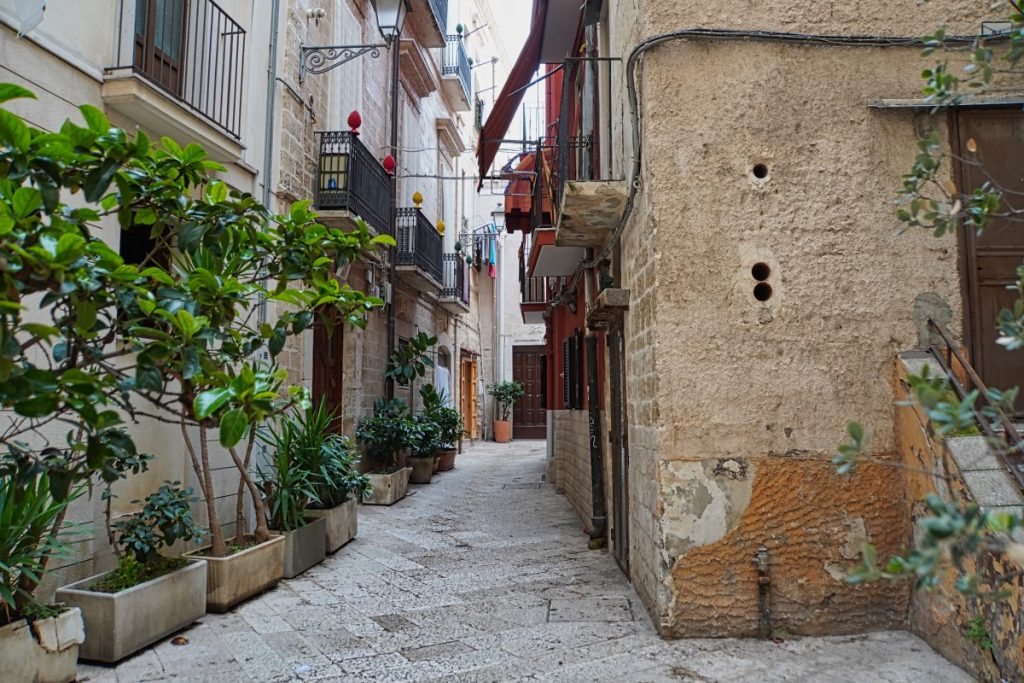
The small alleys are narrow, cars don’t drive there and every now and then you have to jump to the side when a scooter or an e-scooter heats around the bends. There are small restaurants everywhere with their only tables in front of the door. Otherwise, many Baresi live in the small houses here.
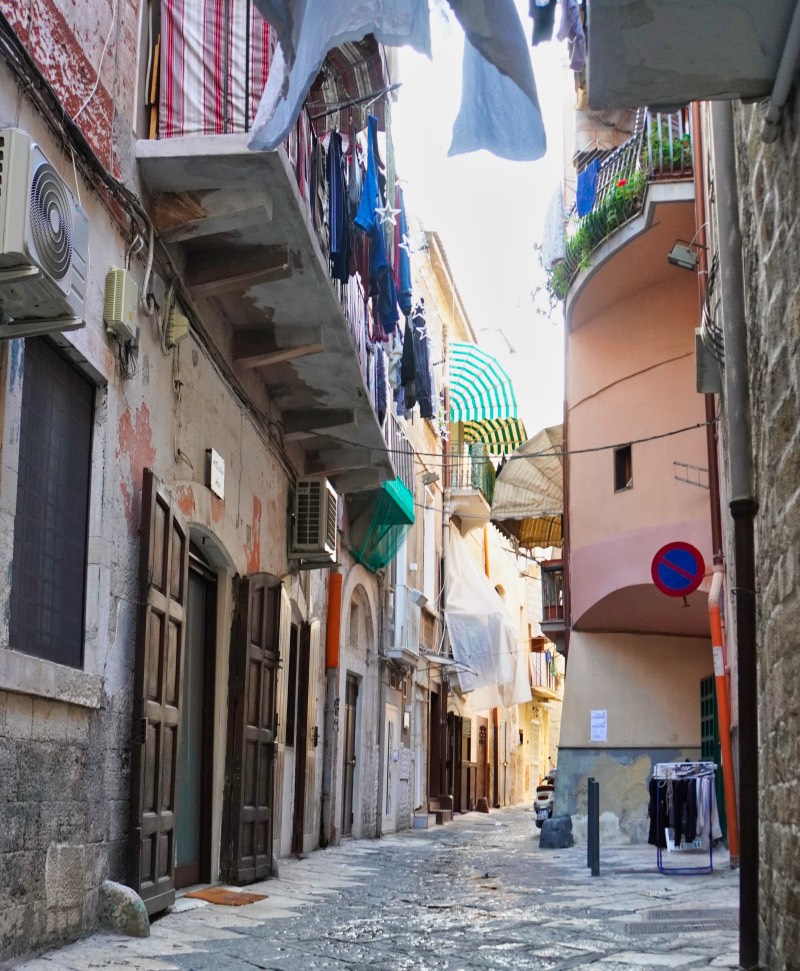
Our holiday flat was in one of these typical old town houses. There is a door facing the street on the ground floor, but usually no window. The walls are quite thick and so it is quite cool in the flat. Many people leave the door open to let some warmth into the flat. On the ground floor there is usually a large room with the kitchen and a dining table in the front and the living area in the back. In our holiday flat there was a second level with the bedroom. I felt quite comfortable, but found the flat quite dark due to the lack of windows.
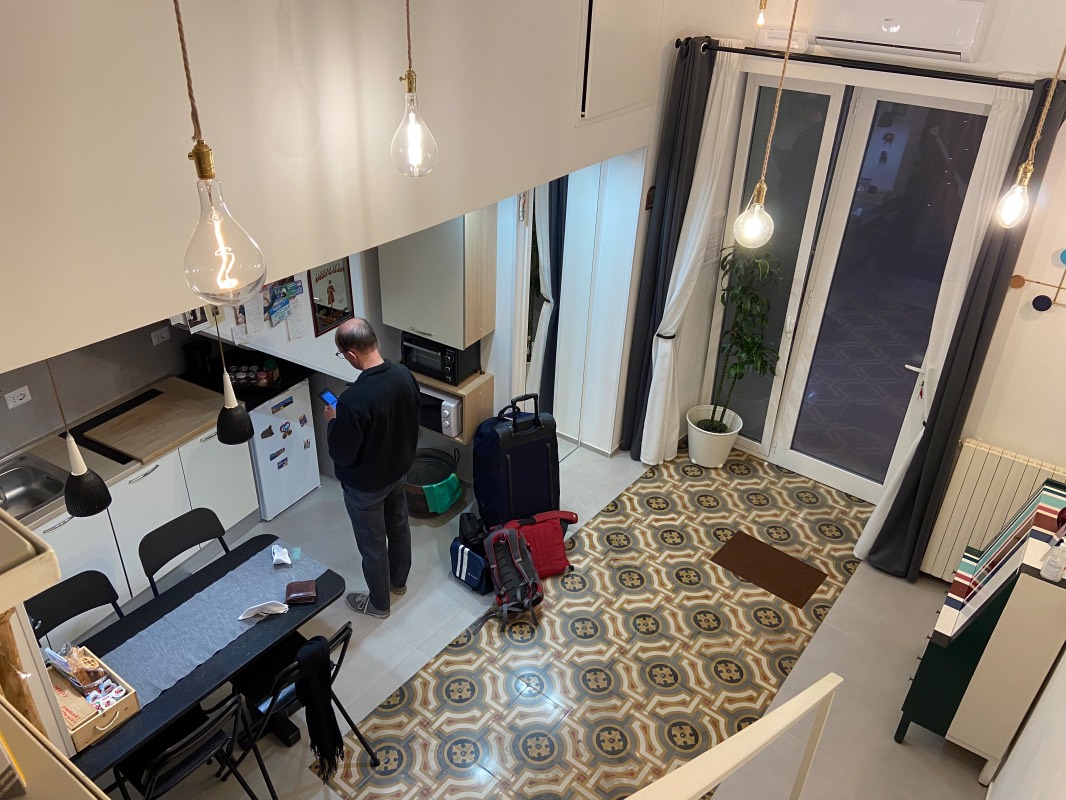
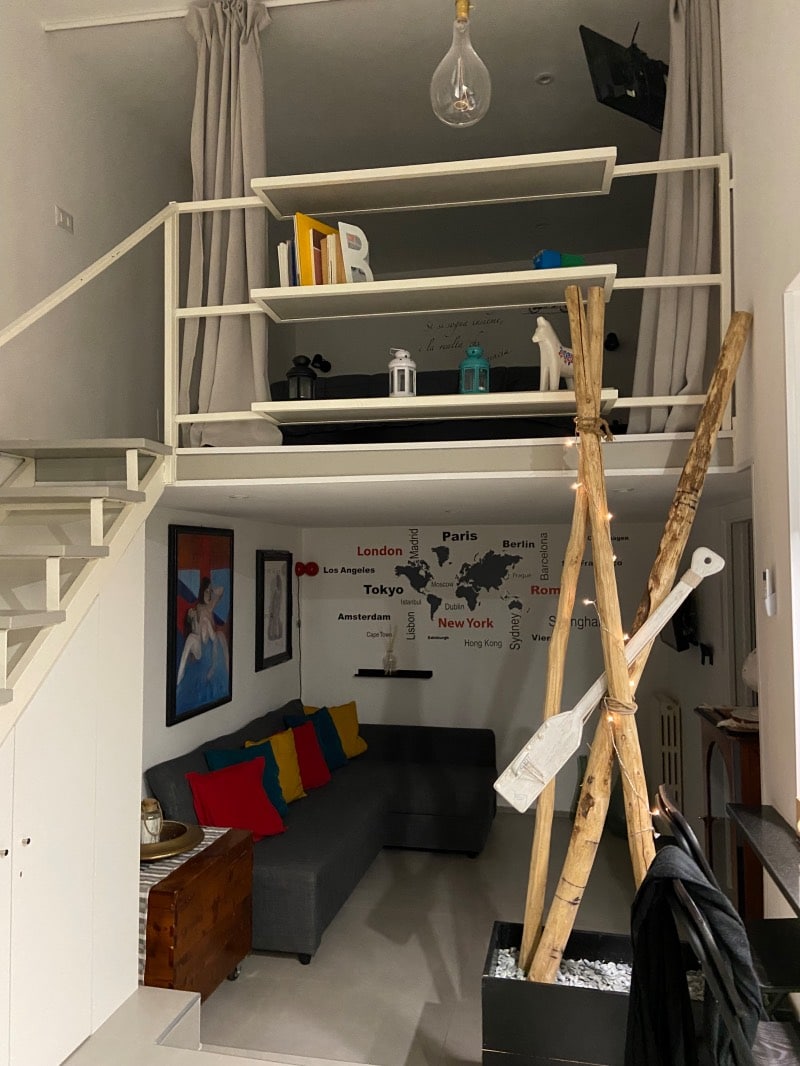
Exploring Bari’s old town, you can discover some of the city’s sights.
Ruins of the Santa Maria del Buno Consiglio
In a small square are the ruins of an ancient church from the 9th-10th centuries.
Today, not much remains of the once three-aisled church. A few Roman columns with Corinthian capitals and the remains of a mosaic floor have been preserved.
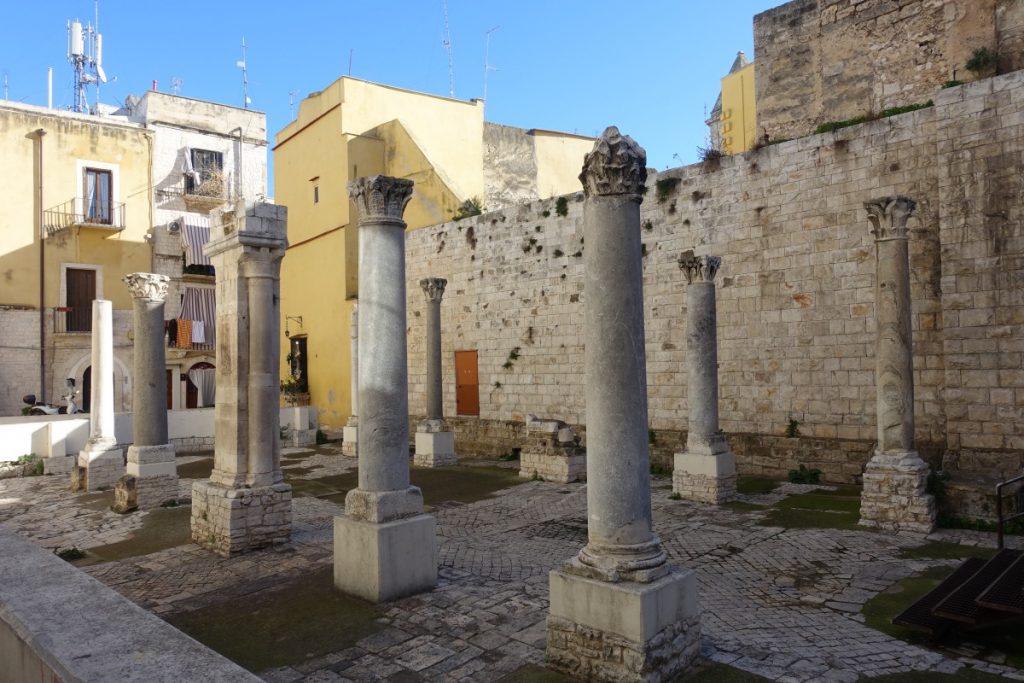
Somewhat older, from the 11th-12th centuries, is the floor mosaic of limestone blocks and marble that can still be seen today in the nave of the church.
San Sabino Cathedral
Bari Cathedral (Cathedral of San Sabino) is one of the most important sights in the old town of Bari.
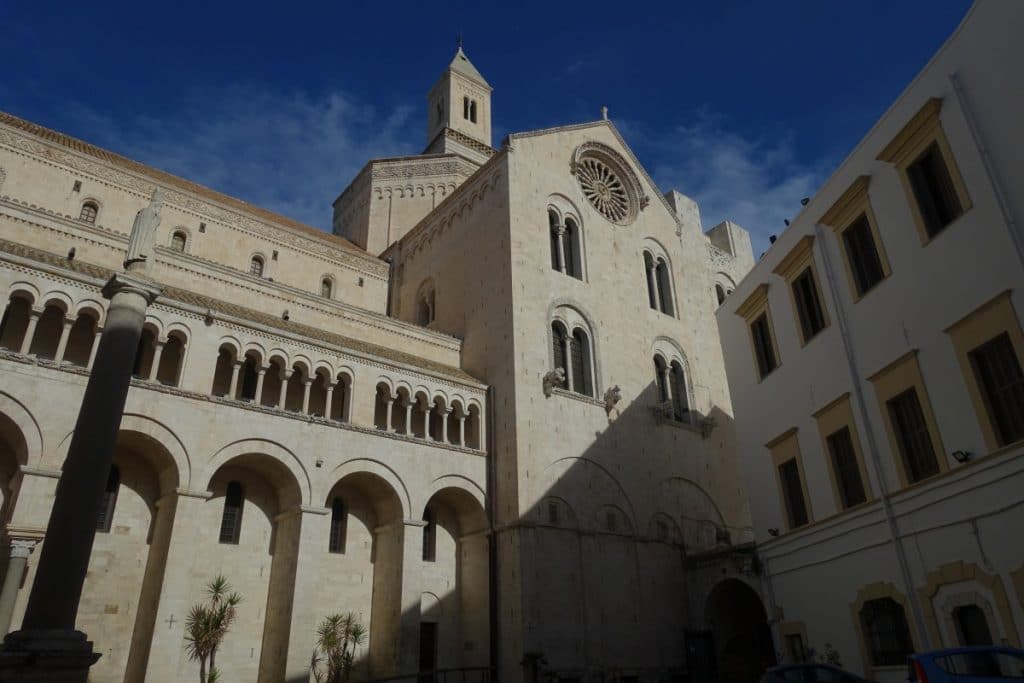
The nave is less spectacular, but the crypt and the excavation site under the cathedral are really worth seeing. More detailed information can be found in our report “Cathedral of San Sabino- the Cathedral of Bari” about the cathedral.
Noodle Street – Strada delle Orecchiette
The street is actually called Strada Arco Basso, but it is only known as Strada delle Orecchiette. This is where the “pasta women” of Bari stand and sell the Apulian ear-shaped pasta orecchiette.
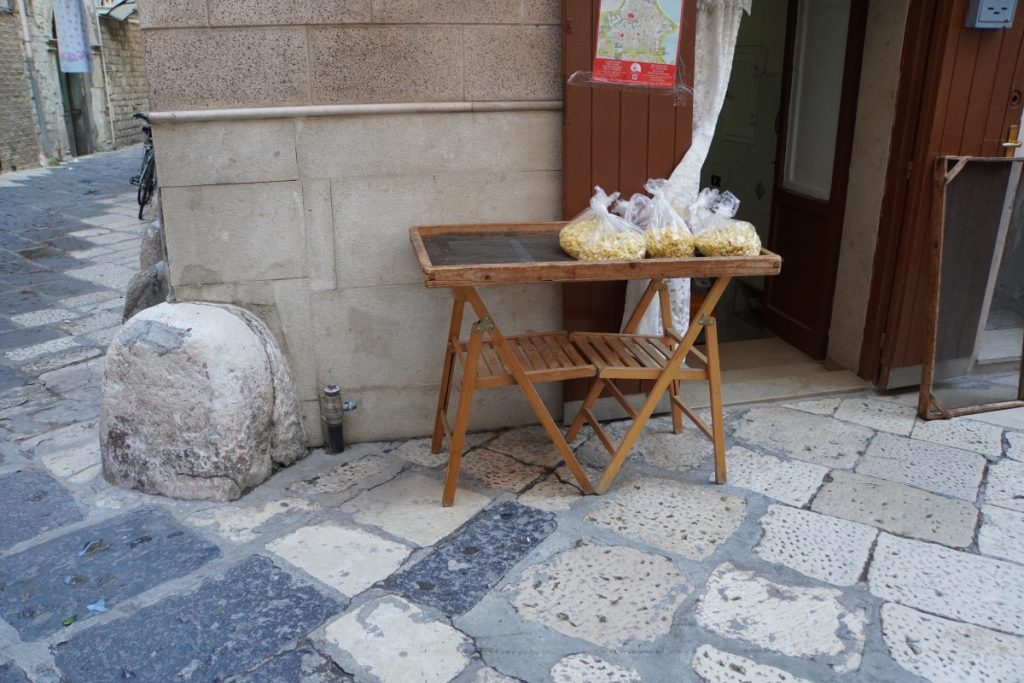
In front of their homes are small tables with filled plastic bags. Every day, the women go out into the street and produce the famous eyelet noodles from white flour or wholemeal flour in different sizes. If you come in the morning, you can watch the women at work. It goes amazingly fast and their little wooden boxes fill up with noodles. They dry slowly in the sun and are finally filled into portions.
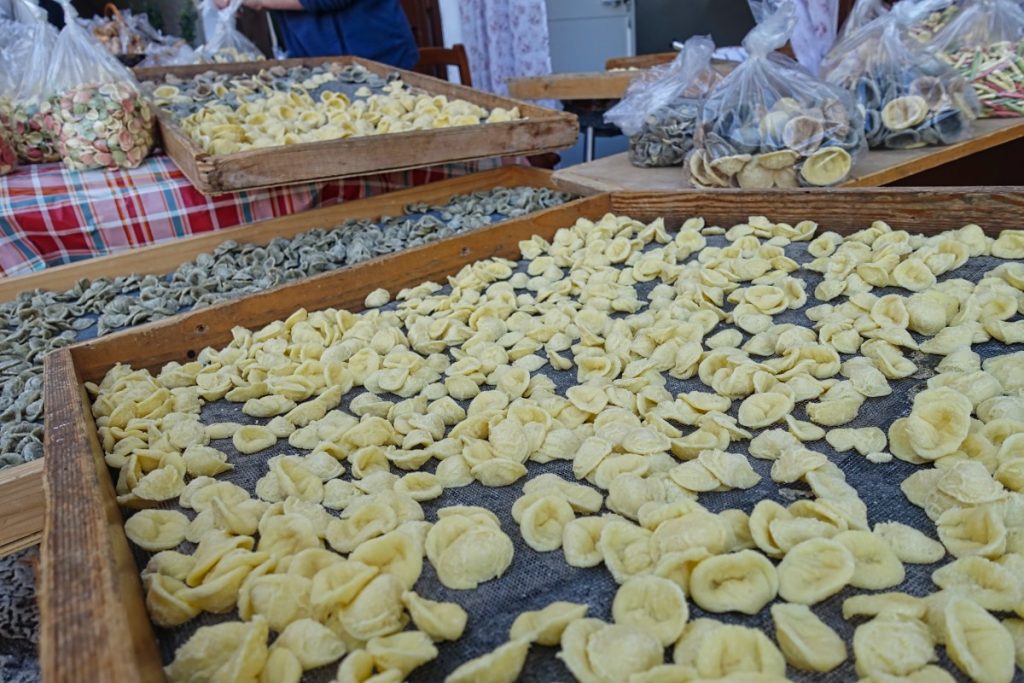
We couldn’t go past the noodles and bought a bag of big colourful noodles. It must have been about a kilogram and cost 6,-€. In the evening we cooked ourselves a portion. Since the noodles never dry completely, you should eat them as soon as possible. I have never eaten such fresh noodles before, they were really delicious.
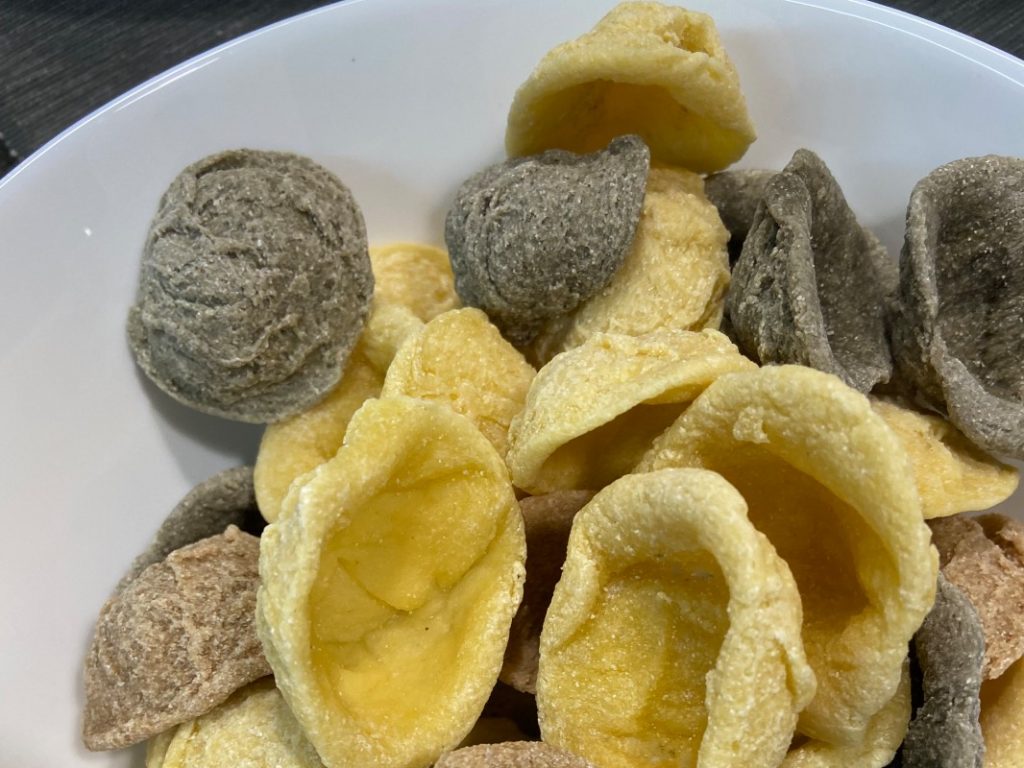
At siesta time, the tables gradually disappear from the street and it is not until the evening that you can buy the last bags from the morning.
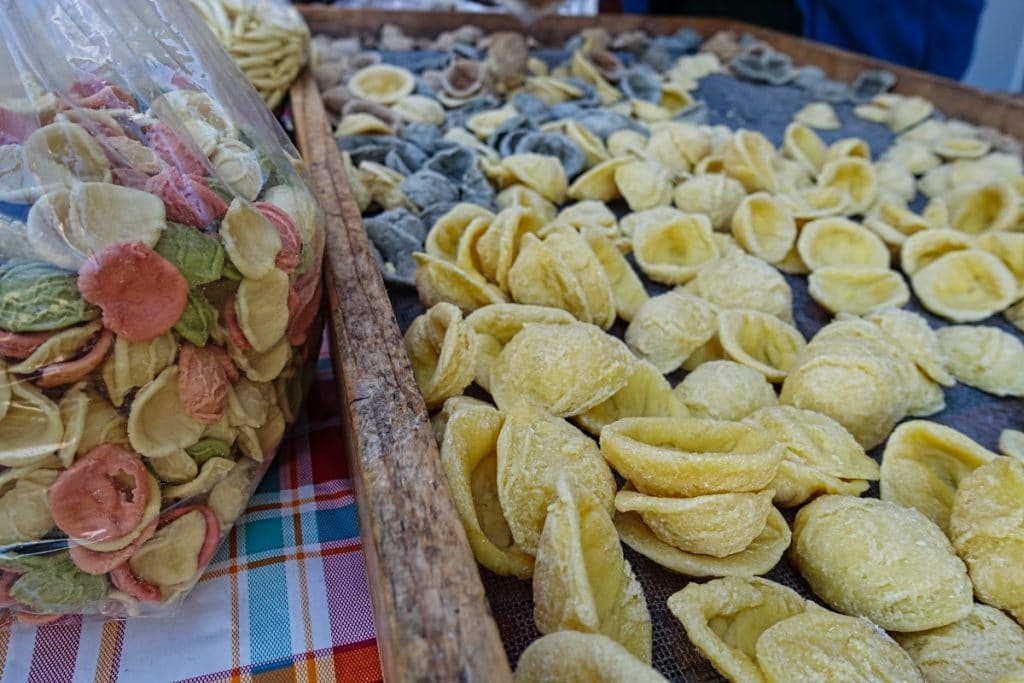
Castello Svevo di Bari
On the edge of the old town of Bari stands the large and impressive Castello Svevo. You should take some time to visit the fortress and see the exhibitions and archaeological excavations.
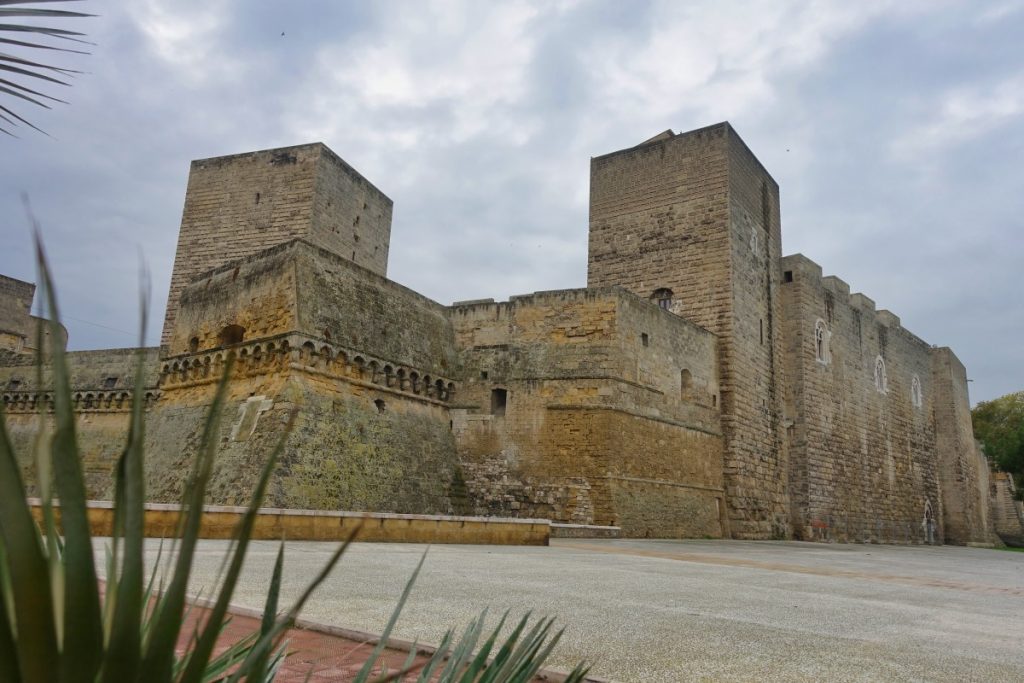
If you want to know more about it, you can read our article ” The Fortress of Bari: Castello Normanno-Svevo di Bari“.
Piazza Mercantile
One of the few larger squares in the old town is the Piazza Mercantile. There are numerous restaurants and bars around the square, which are particularly busy in the evening hours.
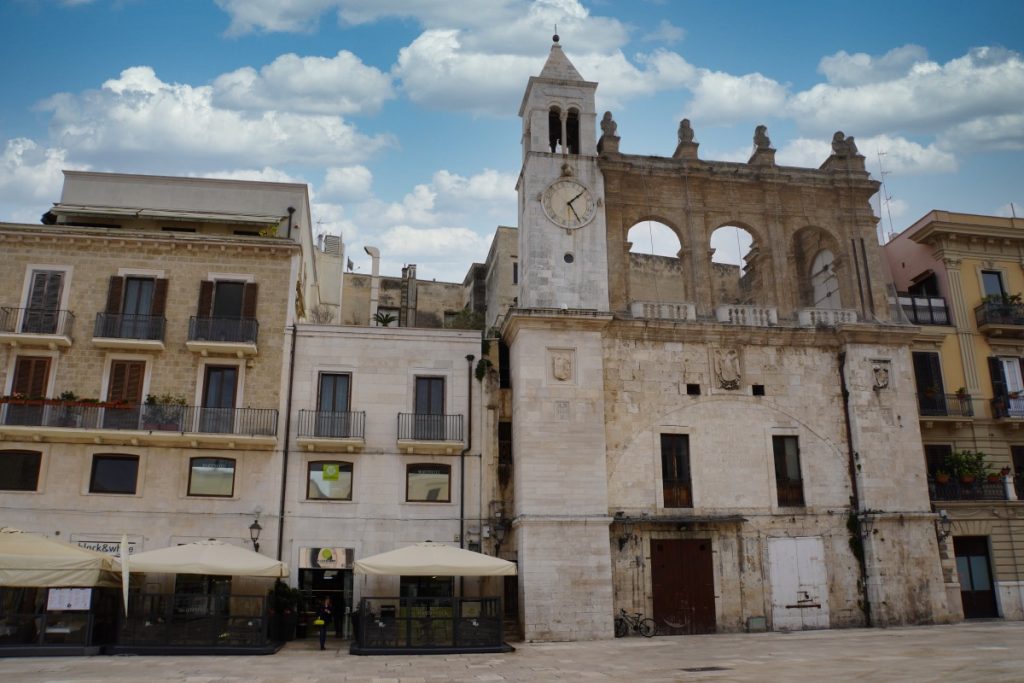
A medieval pillar of shame with a small lion stands in the square. Convicted swindlers had to sit on it and were at the mercy of the mockery of the population.
Basilica San Nicola in the old town of Bari
A landmark of Bari is the Basilica of San Nicola, dedicated to Saint Nicholas of Mayra, which has the status of a papal basilica. Today, the church is a major pilgrimage destination for Roman Catholics and Orthodox Christians. Walking through the streets of the old town, you will always come across St. Nicholas, who is much venerated there.
The basilica is located slightly north of Bari Cathedral on the site of the former Byzantine city governor’s palace. At that time, the site was still directly on the sea, protected only by a wall.
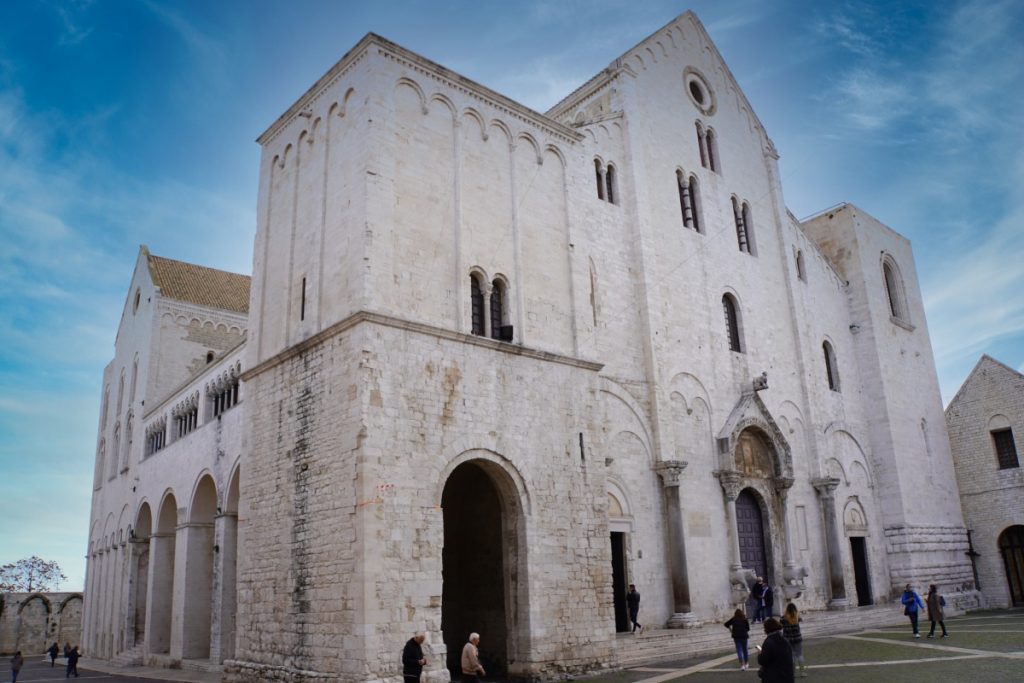
The basilica was built between 1087 and 1197 to house the relics of St. Nicholas. Some of the saint’s relics had been stolen from the original shrine in Turkey by sailors from Bari. When the relics arrived in Italy, a dispute initially broke out with the Venetians as to who should keep them. Bari prevailed and subsequently built the new church to house them.
In 1089, the crypt was consecrated in the presence of the then Pope Urban II and the abbot of the nearby monastery was appointed the first bishop of the church.
Today the church is used by the Dominicans. They conduct services in the crypt in the Roman and Byzantine rites.
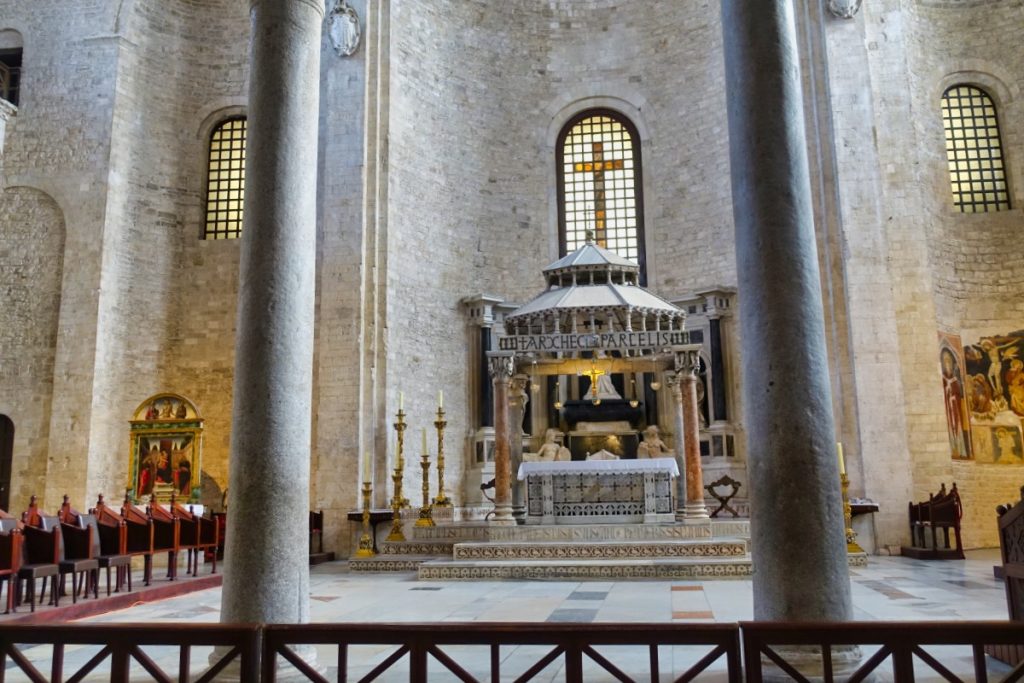
Insights into the Basilica San Nicola
From the outside, I feel that the three-nave church building looks very plain. There are only a few stylistic elements that structure the façade. There are two truncated towers on the sides and the ground plan of the church is T-shaped. The transept is short and compact and there are three apses. In front of the side aisles are the only striking design features. Here, mighty pillared arcades with niches in between and dwarf galleries above have been created.
When you enter the nave, it looks rather plain at first glance. If you then look a little closer, you will discover precious marble floors. An ivory cathedra (bishop’s throne) from the 11th century and a beautiful altar complete the picture.
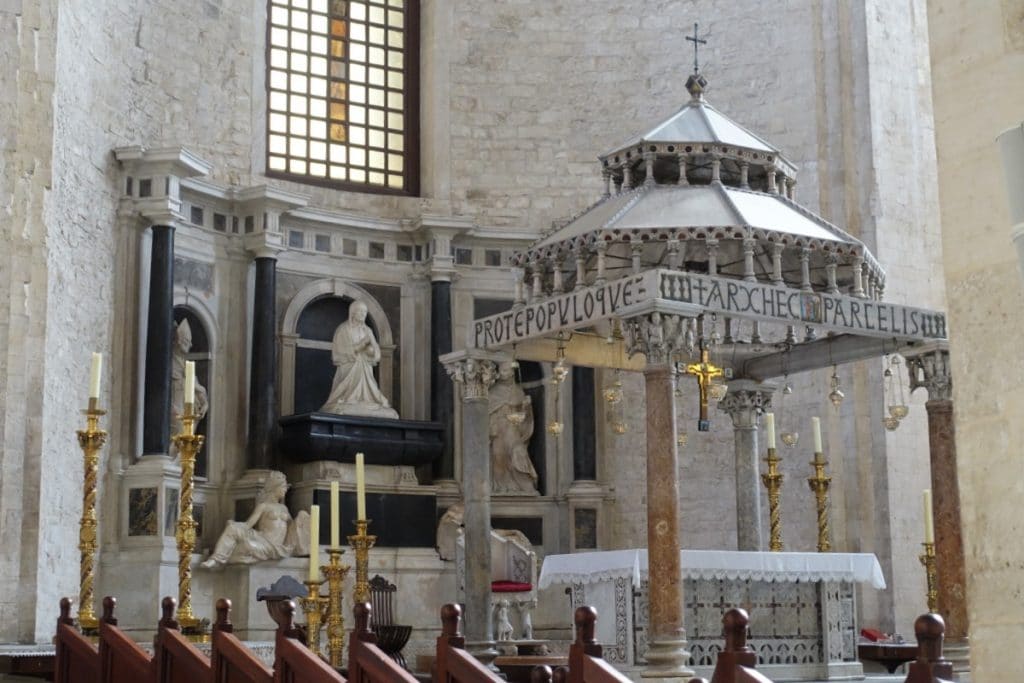
In the church is the marble tomb of the Bona Sforza from the 16th century. My personal highlight in the Basilica San Nicola is the beautiful carved and gilded baroque wooden ceiling with the inset canvas paintings.
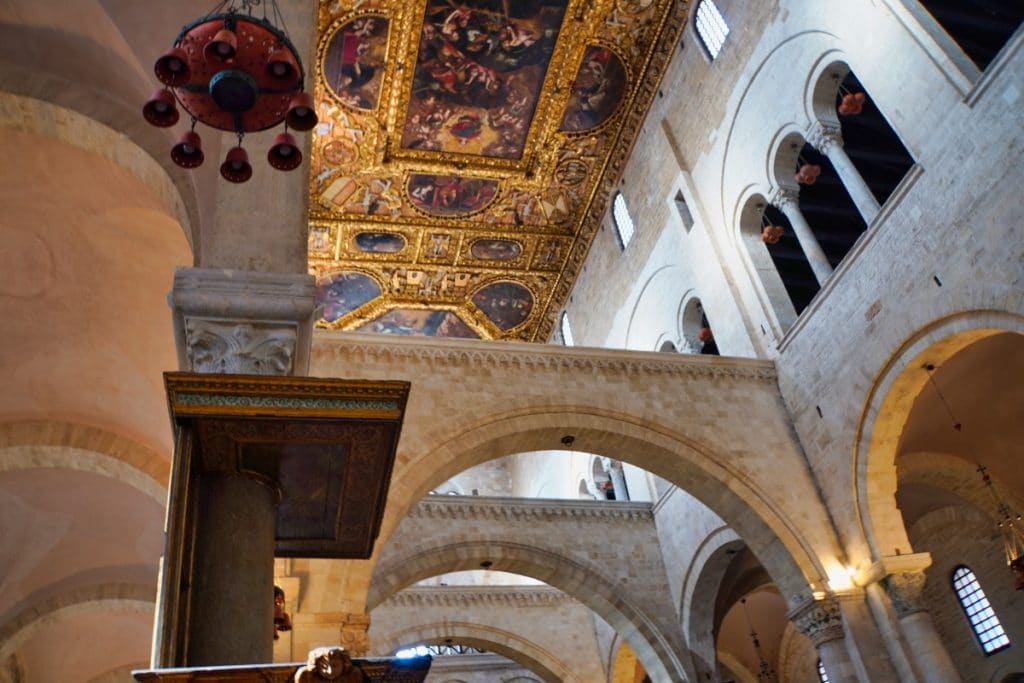
Discover the Basilica during a Virtual Tour.
In the crypt there is a main altar, which stands over the relic tomb of St. Nicholas. A total of 26 columns support the room, and the benches for the visitors are arranged in such a way that the view to the main altar is as good as possible. If you take a closer look at the columns, you will notice that each one looks different.
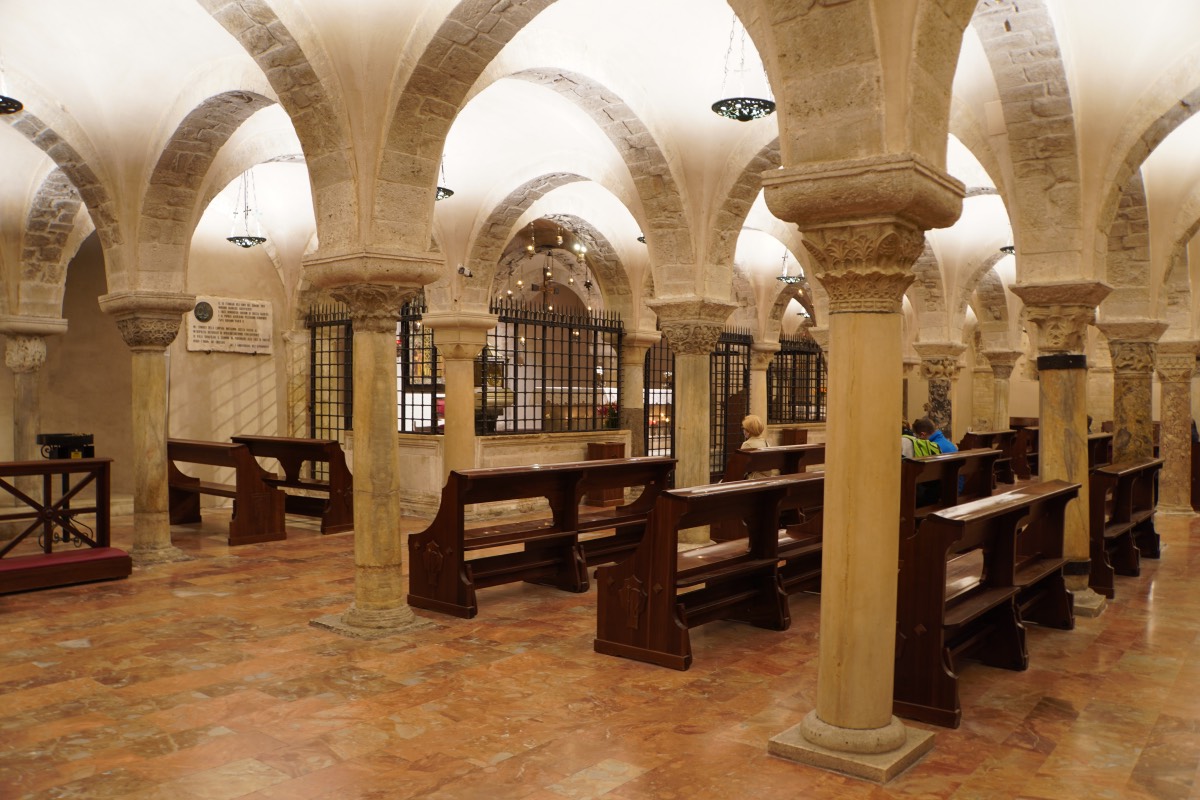
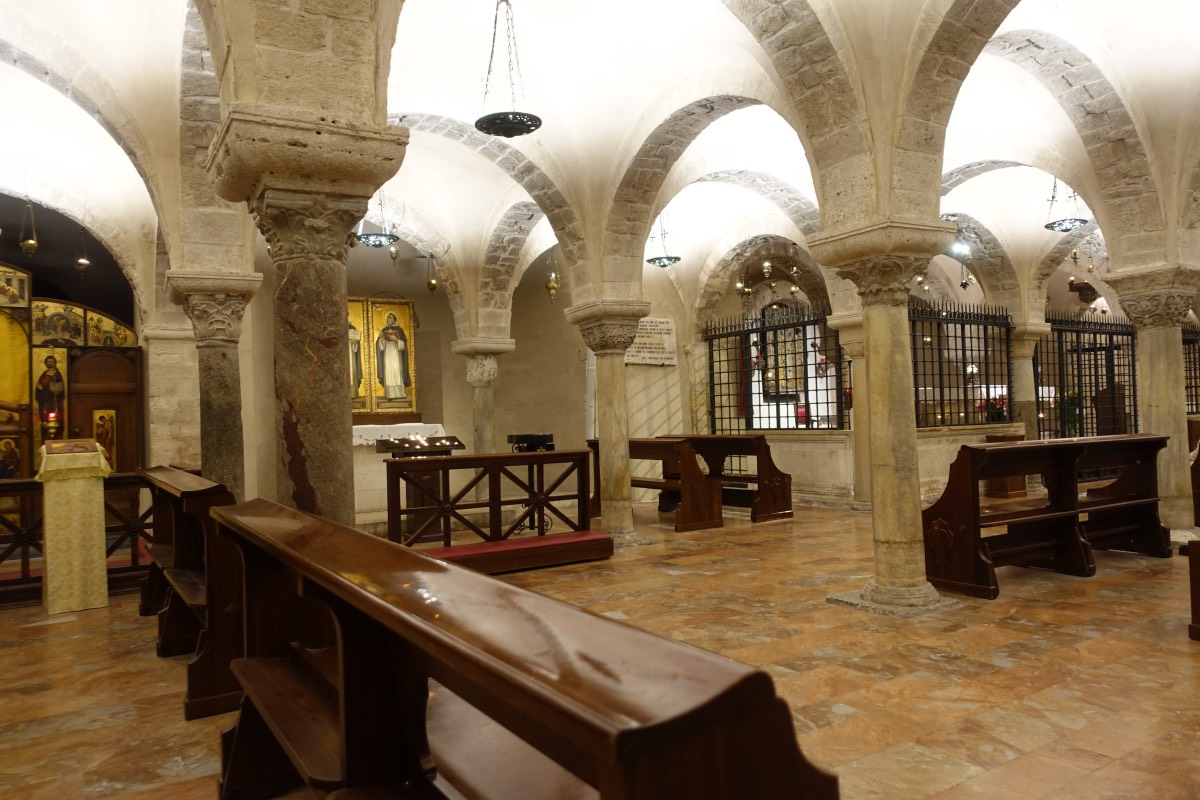
Every 6th December, St. Nicholas’ Day, a vial is lowered to the saint’s tomb in the crypt. The intention is to collect myrrh (a resin-like substance) that supposedly flows out of the bones. Believers report “miracles” that happened after the anointing with it. The monks bottle this substance all year round, dilute it with water and sell it to pilgrims.
Every year in May, the feast of St. Nicholas takes place with a parade and large folk festival.
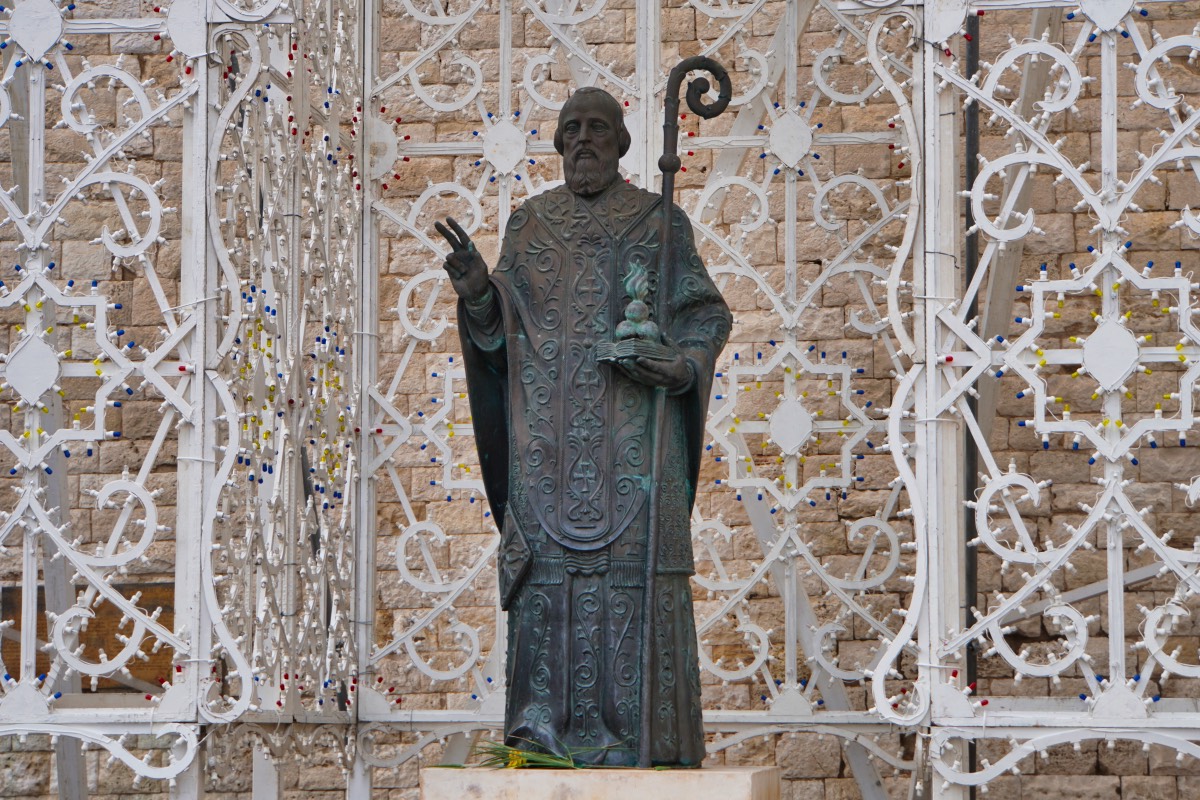
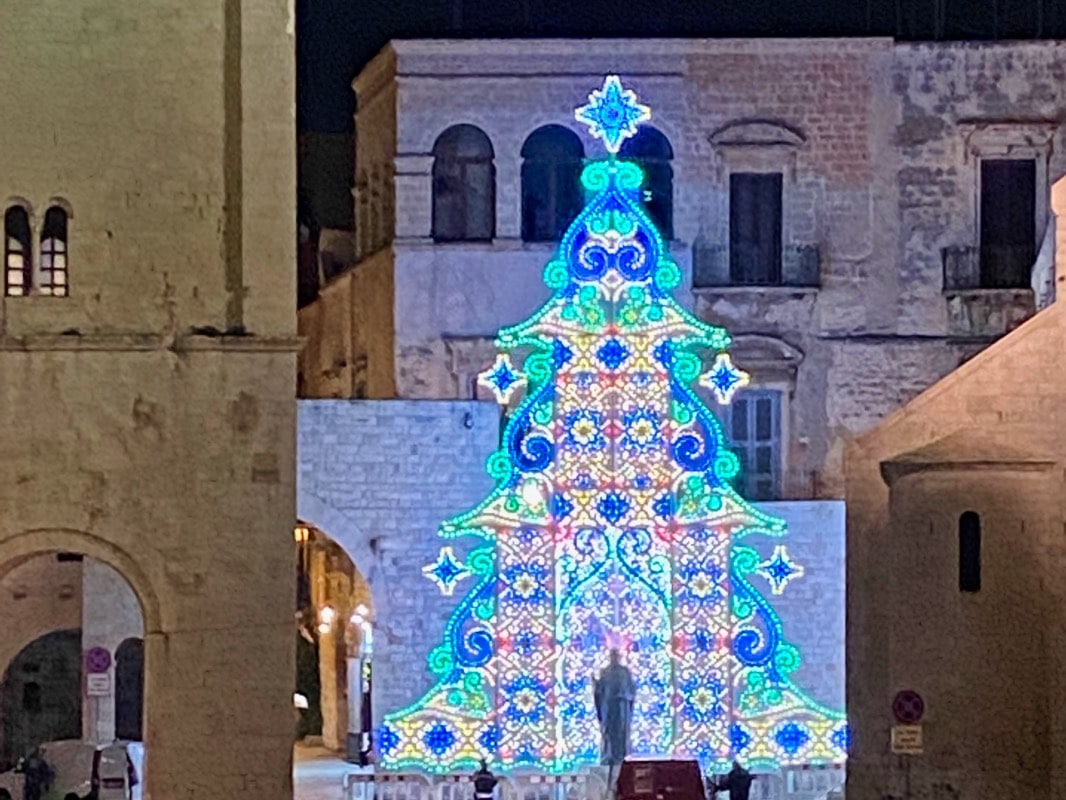
Address:
Largo Abate Elia, 13
70122 Bari
Opening hours:
Monday to Saturday: 6.30 – 20.30 h
Sunday: 6.30 – 22 h
Holy Mass
Weekdays: 7.30, 9.30, 18.30
Holidays: 7.30, 10.30, 12.00, 18.30, 20.30

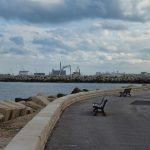
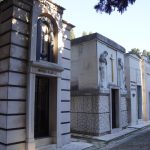
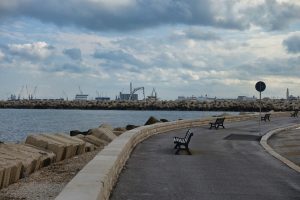
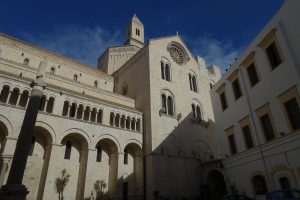

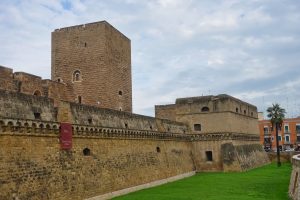
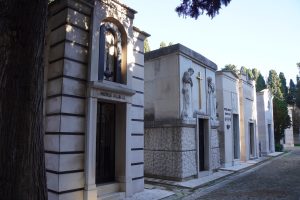
Leave a Reply